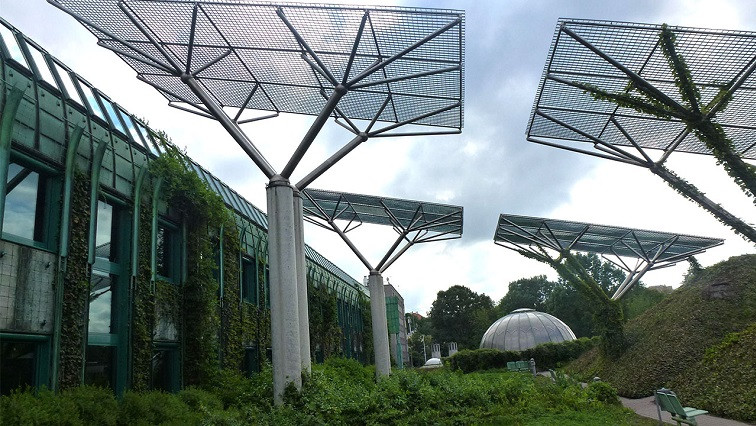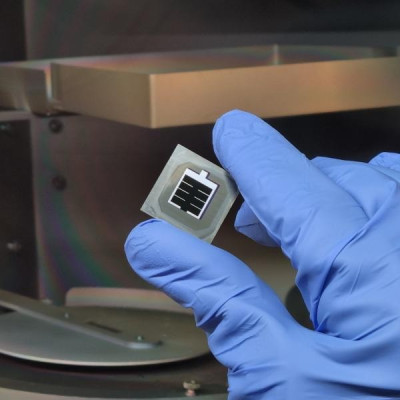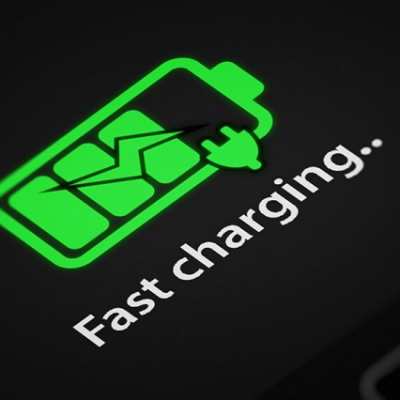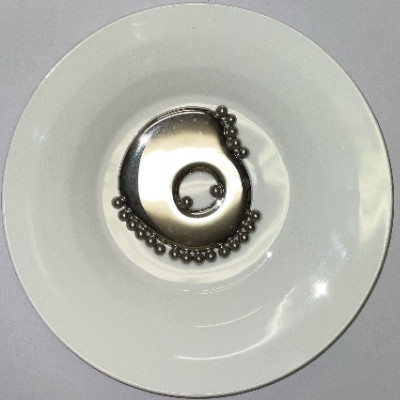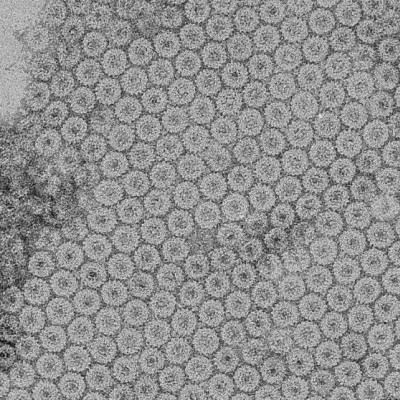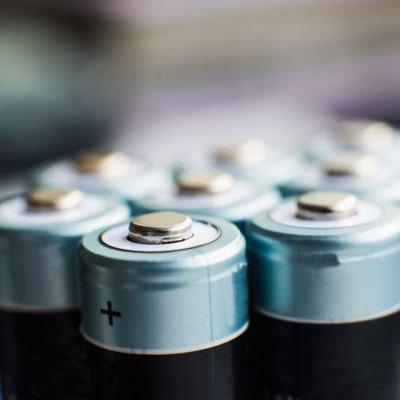Existing photovoltaic power generation systems produce electricity by vertically absorbing sunlight with flat panels. The two-dimensional structure entails limitations in terms of receptivity and angle, about 76 percent of its area is used inefficiently, and its maximum efficiency continues for less than 210 minutes a day.
The institute and the startup formed nano holes in optical fiber surfaces so that light diffusion can be maximized in every direction. In addition, they formed an organic matter-based solar cell structure in order to absorb the diffused light as much as possible.
“In this three-dimensional structure, a high level of efficiency can be maintained for long regardless of the angle of light reception and the maximum efficiency of the panel is maintained for at least six hours a day,” they explained, adding, “The optical fibers are capable of lateral light emission and the new system can be installed indoors unlike existing systems.”
Read the original article on BusinessKorea.

